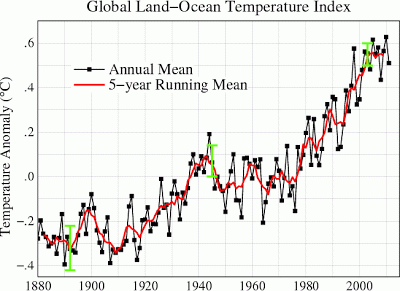End of March and beginning of Holy Week…
March ends immediately before Holy Week begins this year. Nebraska's weather this March, like the weather in most of the United States, has been unusually
warm. An article in today’s Lincoln Journal Star
says that “nature’s
gone crazy” and describes the unusual weather. According to the article, if
today’s forecast for Lincoln holds, every day in March this year except for
March 3 will have had above average temperatures.
The flowering trees and spring flowers have been beautiful,
and it’s been a real joy to be able to be outdoors without worrying about
slipping on a bit of remaining ice or wearing a heavy coat. People are smiling
and saying, “Isn’t it a beautiful day? Isn’t this weather great?” And it is beautiful, and the weather is lovely,
and it’s great to see so many smiles, and yet there’s something not quite
right. It’s the end of March, and it feels and looks more like the end of
April.
Yesterday I photographed some of the things blooming in my own
yard and a nearby park. Flowers that usually bloom in succession in my yard are blooming at the same time; many daffodils that wouldn’t even be in bloom most
years on this date are past their prime. A small rhododendron bush is already
beginning to drop its petals. Rhubarb, ferns,
and lilies of the valley are up and growing.
This graph from NASA http://data.giss.nasa.gov/gistemp/graphs_v3/Fig.A2.gif
plots global temperatures from 1880 to the present.
The overall climate trend is toward warming. Weather is determined by many factors, so within
any given segment of that trend, the global temperatures go up and down. This
is why news sources are reluctant to say that our abnormal March is the result
of climate change. It’s the result of several factors, one of which is climate.
What the graph makes clear is that a noticeably warmer March in 2012 will necessarily
be warmer than, say, a noticeably warmer March in 1912.
It’s been a joy to experience the beauty and warmth of
springtime earlier than usual, but it’s also a concern. Our weather this month
has been consistent with what climate scientists have told us to expect. With
such extremely unseasonable weather, there’s concern that the life cycles of
plants and insects and other animals may get out of sync with one another, with
unknown effects on ecosystems. There’s concern that record warmth in the spring
might be mirrored by record warmth in July or August, when it would be less
welcome. And there are the many economic and health concerns about climate
change in general.
Perhaps this mix of joy and concern, of light and darkness,
is appropriate as we begin Holy Week. We begin Holy Week with the contrasts of
Palm Sunday: the hosannas of the procession of palms followed by the somber
Passion Gospel. From Palm Sunday, we go through the sorrow and darkness of the
part of the story that is our focus during Holy Week, but at the end of it all
we reach the joy and light of Easter.
What’s happening in our world seems to be a mix of joy and
sorrow – the joy of springtime mixed with a somber reminder of the reality of
climate change. Like our joy at Easter, our joy at our early springtime is
bound up with things that are far from joyful.
At Easter, we remember the triumph of life over death. We
hear again the promise of light overcoming darkness, of life being stronger
than death. Our Easter joy, our deepest joy, gives us hope in the face of all
sorts of occasions of human despair, including the harsh reality of climate
change and its expected effects on our world this century. Given the reality we
face, what does a good outcome – the sort of outcome for which we dare to hope –
look like? We have no more idea of that than the disciples did of the
resurrection as the events of Holy Week unfolded. What we have is hope informed
by faith and the promise of life.








